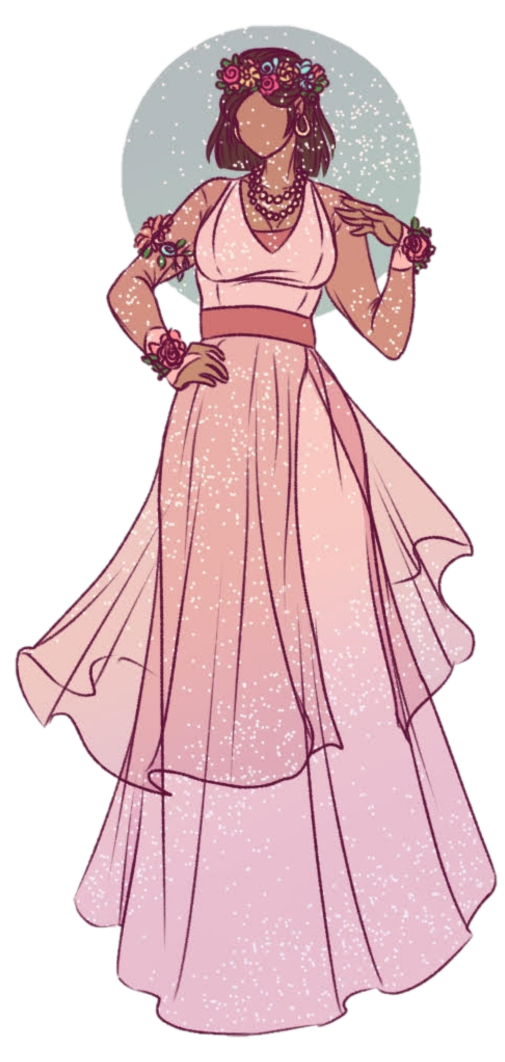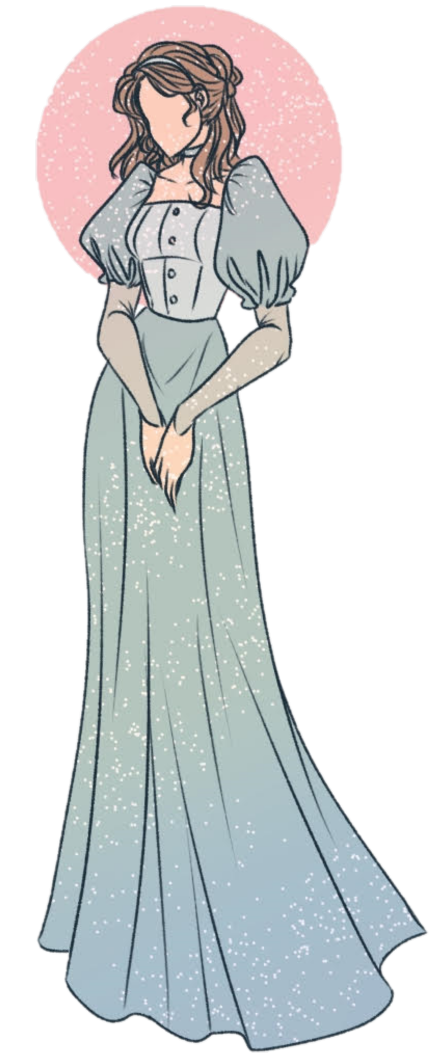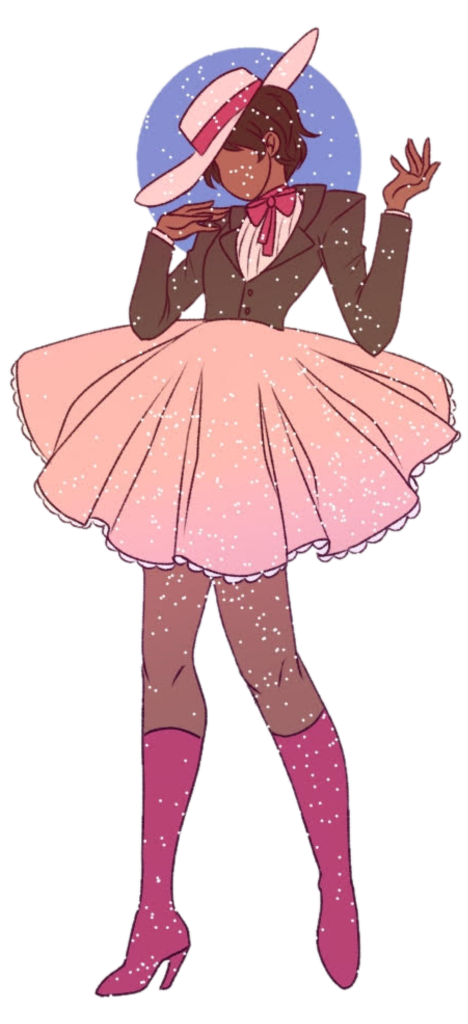By Belle Nhan | Staff Writer

Prom is around the corner and students are still trying to figure out what to wear. While outfits do not have to follow the Prom theme, “Walking in a Dream: A Stargazer’s Fantasy,” there are still several aspects of an outfit that students should consider.
Silhouettes and cuts:
Having a flattering silhouette is key to making one look their best with their own unique body shape. A common dress silhouette is the A-line, which have skirts that extend from the waist and flare slightly over the hips. A gold dress with a fit and flare silhouette can be a fascinating take on the stargazing theme.

Alternatively, wearing a two piece set can accentuate the body figure and add an interesting twist to typical prom outfits. There can also be cut outs, where part of the fabric is missing to create an open back, waist, or hip.
Best of both worlds:
Prom outfits do not have to be exclusively masculine or feminine. Students can mix and match such styles to create unique outfits that accurately represent themselves. Adding an overskirt to a suit can help create an androgynous or gender neutral look.
Another option for a gender neutral outfit is a blazer with a corset instead of a dress shirt. Play around with different tops and colors to produce a large variety of gender neutral looks.
Aesthetic Outfits:

Not all outfits have to be the typical formal style. Attendees can venture out into aesthetics like cottagecore, which dives deep into various greens, whites, and creams.
An example for monochromatic outfits would be an entirely dark blue suit, top and bottom set, and or a dress. The dark blue color could match the dark palette of the stars and space theme.
Exploring these different aesthetics can allow students to mix and match different fashion pieces to create a new look that can either fit or not fit the prom theme.
Patterns and Textures:
A common texture is sequins, but students are not limited to this for outfits. Other patterns or textures that can be used are leather, velvet, floral, and suede. An example of an outfit that students can wear is a full leather suit or dress, producing a captivating look that is rarely seen.

There is a wide range of patterns and textures, with some louder than others.
Attendees can also wear a blazer and pant or skirt that uses a specific pattern like velvet, then use a solid color and different kind of textured top to create a mix and match outfit.
Accessories:
Accessories are vital to making any outfit look exceptional, and at Prom, it is crucial to have the right accessories to elevate a look.
If attendees have more minimalist outfits, they can adorn their outfits with more ellaborate embellishments such as large, sparkling earrings with matching necklaces, bracelets, and rings.

Other accessories can be tiaras or crowns, hair ornaments, brooches, belts, ties, and corsages.
Bags and purses can be compact or spacious and also be practical at the same time. Clutches and cross-body bags are common options, but a small handbag could also add some class to a look.
Shoes:
Do not settle for common types of shoes like dress shoes or heels. Students can go for more practical choices like flats or comfortable tennis shoes.
Another alternative are boots, which are not often worn to Prom. Boots can contrast colors or textures and make a person appear taller. If students choose to wear boots, they can wear ankle boots, knee-high, or thigh-high boots.
Students could also wear platforms, such as Oxford platforms, which is a unique twist on classic Oxford dress shoes, adding height to any outfit.
All illustrations by Isabelle Ortiz
